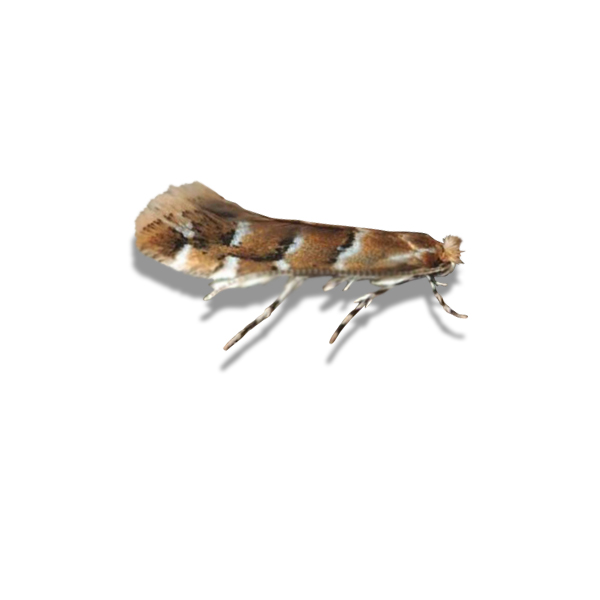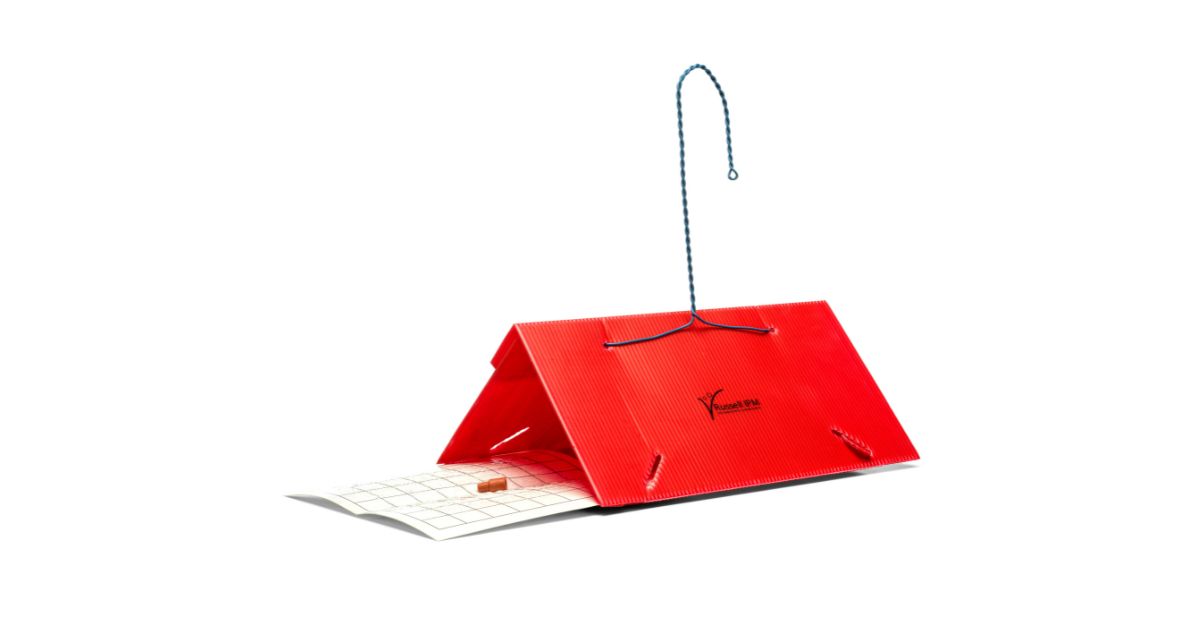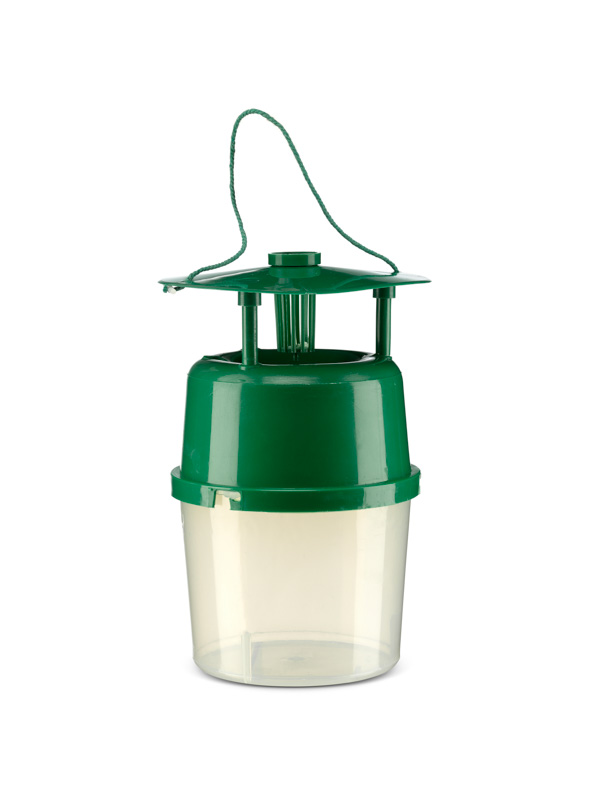Biology
Moths of Camerario ohridella are approximately 5mm long with bright brown forewings gilded with silvery bands. The hindwings have dark grey fringes.
Each female horse chestnut moth can lay between 20 and 40 eggs which will be deposited on the upper surface of leaves. Eggs hatch around 2–3 weeks later, with the larvae developing through 5 phases of feeding followed by a spinning (prepupal) phase and a final pupal step. In the first stage the larvae will create a small mine that runs parallel to leaf veins which the larvae of C. ohridella will use to feed from sap. Mines can eventually grow to 8mm in diameter in the first stage but pass several centimeters following the instars.
Pupation will occur 4 weeks in with an adult emerging approximately 2 weeks later.
Moths are able to go through up to five generations each year, if the weather is hot and dry; on average in western Europe, C. ohridella goes through three generations per annum. The final generation pupates for over six month, overwintering in soil where it can survive temperatures as low as −23 °C.
Nature of Damage
Feeding by the horse-chestnut leaf miner can cause the leaves to die, resulting in dead, dried patches that looks similar to the damage caused by the fungus Guignardia aesculi. However, the mines created by C. ohridella lack the yellow band observed in fungal infections of horse chestnut trees. The late summer leaf browning caused by the horse chestnut moth can result in a reduction in seed weight, photosynthetic ability and reproductive capacity.
Monitoring
Russell IPM manufactures and supplies pheromone lures, traps and complete monitoring systems for Camerario ohridella, the horse chestnut leaf-miner. Pheromone trap data gives an early warning of the infestation and also shows the density of the insect population to inform treatment.






